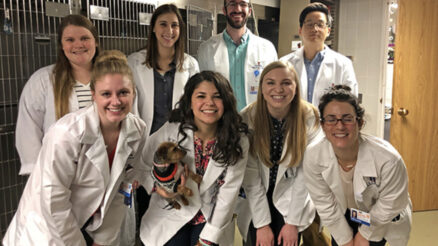In the healthcare industry, patient safety is of utmost importance, and hospitals and other medical facilities are crucial in maintaining the health of their patients. Healthcare organizations need to prioritize patient safety as a guiding principle in today’s complex healthcare environment, where medical science and technology improvements continue to emerge. This article examines five crucial tactics hospitals and healthcare facilities can adopt to prioritize patient safety and care.
Use SNF consulting
As you know, the functions of skilled nursing facilities are extensive. You can engage in consulting services for your nurses to carry out their duties effectively, to a high standard, and in a way that keeps your business viable. First, SNF consulting services will assist you in raising the standard of nursing care your staff offers and keep your patients happy.
Additionally, you will optimize your facility’s operations by utilizing excellent consulting services, which is important. You can also get assistance from consultancy services in dealing with the staffing shortage. Another superb benefit is that providing nurses with career advancement opportunities will increase the retention of these knowledgeable and experienced workers.
Enhance communication and collaboration.
Information sharing among healthcare professionals occurs in environments where effective communication is essential. Implementing standardized communication methods and technologies, such as electronic health records (EHRs) or the SBAR (Situation, Background, Assessment, Recommendation) method, can help prevent misunderstandings and mistakes. Furthermore, encouraging interdisciplinary teamwork and collaboration ensures that every healthcare team member is on the same page when providing safe, high-quality care.
Create effective programs for quality improvement.
Patient safety is based on continuous quality improvement. Medical centers and hospitals should implement effective quality improvement programs, including organized data collection, analysis, and action planning. These programs enable companies to carry out focused interventions and preventative measures by detecting trends, the underlying causes of unfavorable events, and areas for improvement.
Invest in ongoing training and education.
Healthcare personnel must have the most recent knowledge and techniques to deliver safe and efficient care. Hospitals should engage in continual training and education programs to keep their employees updated with best practices and new developments in healthcare. Healthcare teams can also benefit from regular drills and simulations that allow them to practice responding to emergency scenarios and improve their readiness to manage unforeseen events.
Utilize technology to advance patient safety.
Finally, technology is crucial to advancing patient safety and enhancing the general healthcare delivery standard. Hospitals and other healthcare facilities can use electronic health records (EHRs) to streamline care coordination, decrease prescription errors, and keep correct patient data.
Healthcare facilities can use the PH indicators to check the placement of NGO/OG tubes during enteral feeding procedures, which will improve patient safety and care. These cutting-edge indicators give an extra layer of security by confirming that feeding tubes are positioned appropriately, avoiding potential difficulties.
Other technologies that can improve patient safety and care include patient monitoring devices, fall detection systems, barcode drug administration, medical imaging technology, smart beds, and patient engagement apps.





